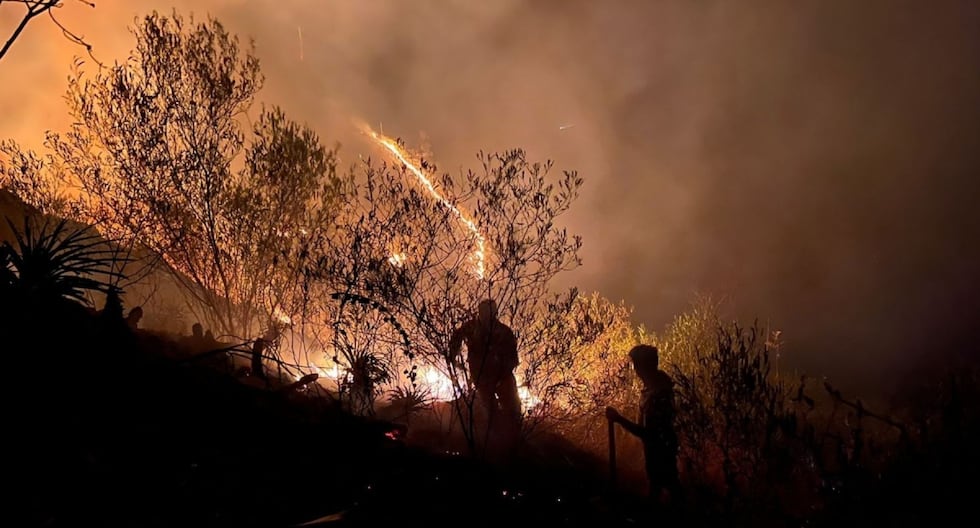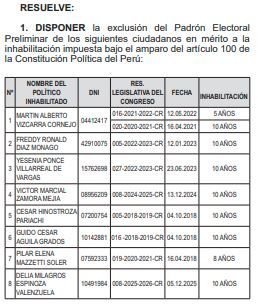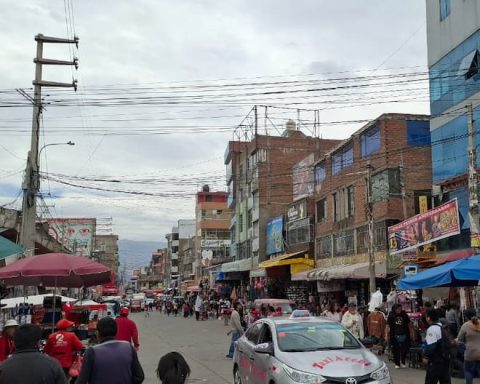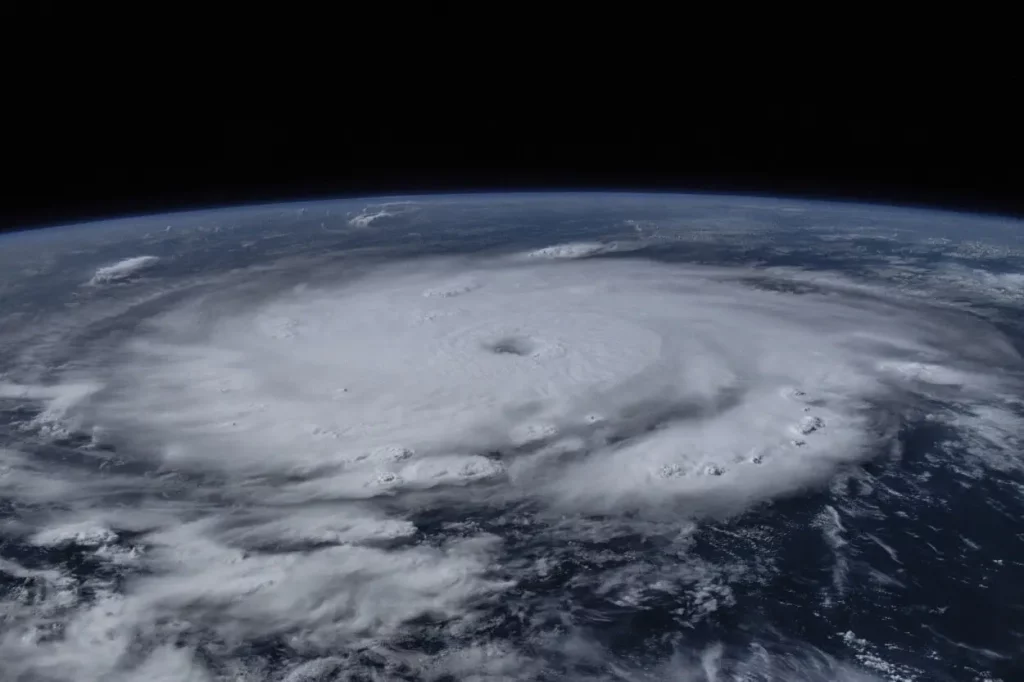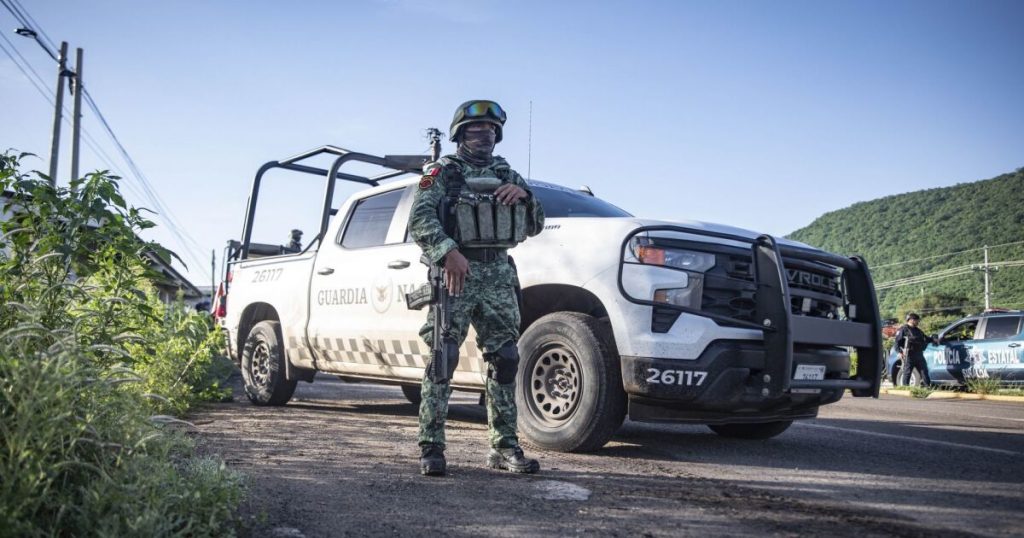The coordinator of the National Emergency Operations Center (COEN), Martín Jesús del Castillo, announced that as of this afternoon, Monday, September 16, up to 76% of the forest fires recorded in 22 regions of Peru had been extinguished or controlled.
The official also said that 179 fires have been extinguished, 23 are under control and 32 are active, and that the largest number of these fires are in Amazonas, San Martín and Ancash.
“Of the 233 fires reported to date, 179 have been extinguished, 23 are under control, and 32 are active. Among the active fires, the largest number of fires are in Amazonas, with 9; in San Martín with 6; and in Áncash with 4.″, he told RPP.
In this regard, he confirmed that 15 people have died and 98 have been injured due to the accidents. These have been reported in Ayacucho, Ancash, Cusco, San Martin, Lambayeque and Piura.
On the other hand, Del Castillo said that an average of 1,876 farmers have been affected by the loss of more than 2,000 hectares of crops.
“As for those affected in their livelihood, we have 1,876 people who were engaged in agriculture who no longer have their livelihood. As for agriculture, we have lost crops: 1,495.33 hectares; affected crops, we have 1,264.85 hectares. As for natural cover, we have 2,257 hectares destroyed and 20,148 hectares affected.“, he said.
The COEN coordinator also indicated that “with our aerial resources we can control the fires,” but the weather conditions complicate this task.
“Unfortunately, what is affecting the air missions is the weather, the bad weather conditions. If you look at the report presented by Senamhi, the whole of Peru is experiencing cloudiness (which), according to the forecast, will continue for the next three days. Likewise, we have rain, but very sporadic, in the Loreto and Amazonas sectors, which, according to the forecast, will end tomorrow.“, he said.
He later revealed that COEN mobilized Rapid Intervention Groups for Emergencies and Disasters (GIRED) in the affected areas.
“At this time, we have 3 GIRED groups (have been) deployed in Cajamarca, Amazonas and Madre de Dios with the intention of technically and operationally assisting regional and local governments. We also have 10 GIRED groups in reserve to be sent to the regions with the highest number of fires.“he concluded.
